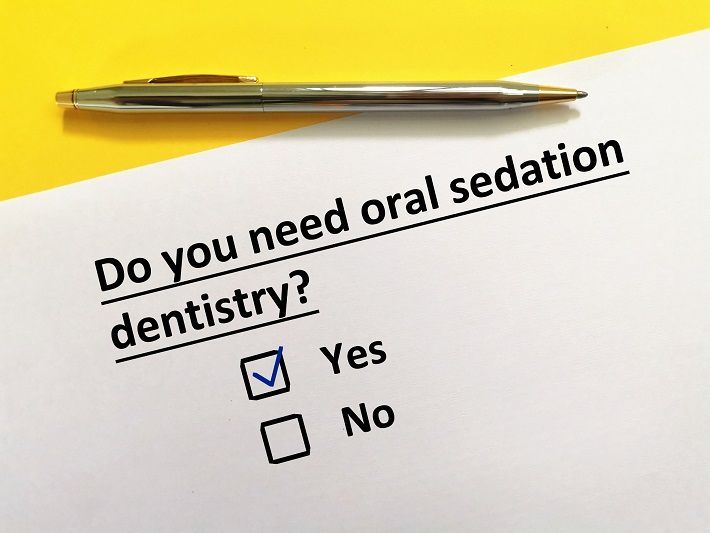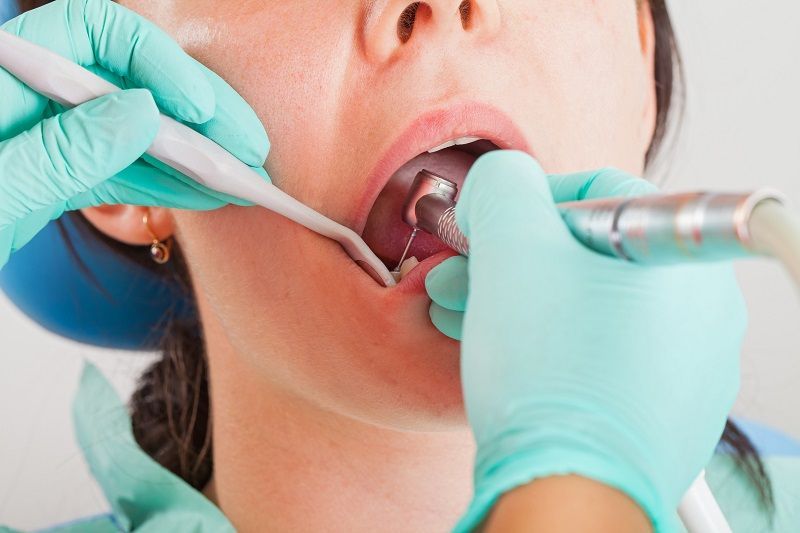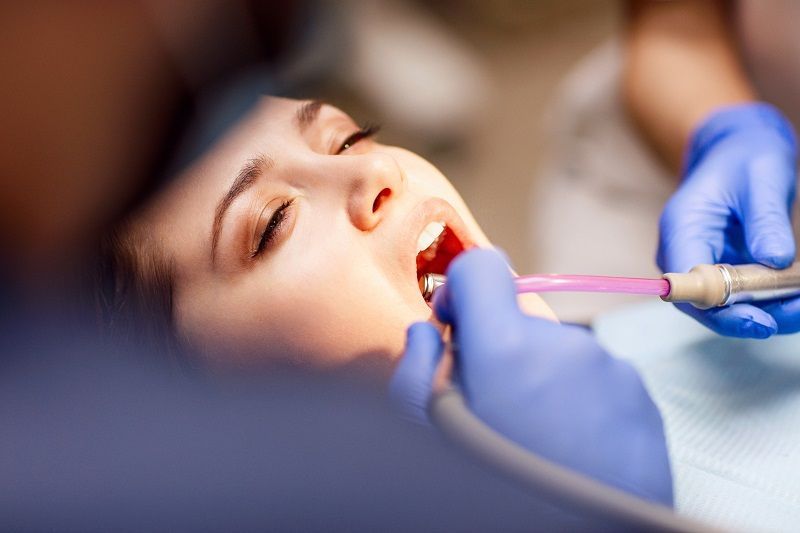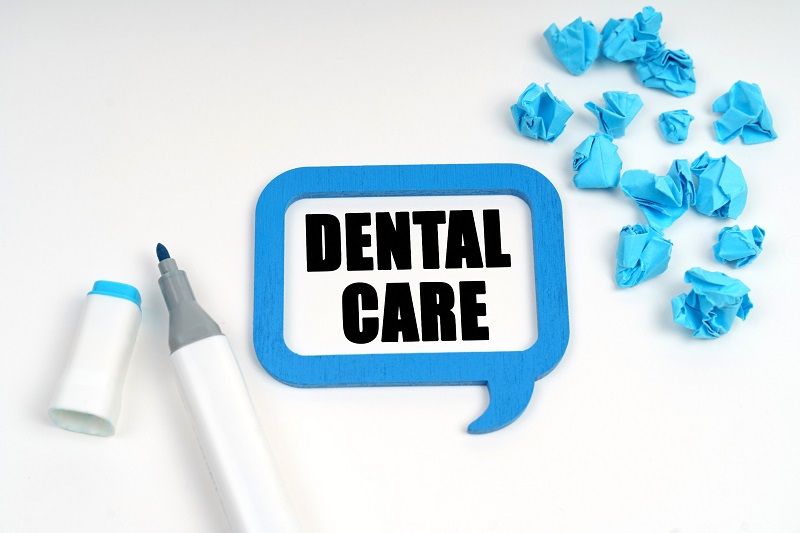How Sedation Dentistry Has Evolved Over the Past Few Years
In the US, in the early twentieth century, ads such as "We do not receive children under the age of 12!" on dental cabinets doors were not uncommon, due to the lack of technology that would allow the dentist to work safely and complex oral rehabilitation treatments, sometimes on very difficult patients, such as young children. Non-cooperation with the dentist endangers the safe conduct of treatments.
In ancient times, in some parts of the world, people used wine and henbane seed to produce insensibility; later, in the 16th century, sweet vitriol (ether) started to be used in Germany.
In the 19th century, cocaine and ethyl chloride were some of the solutions used to sedate patients, before the rise of Novocain and Lidocaine.
Nowadays, sedation dentistry Denver areaand others are different and perfectly safe. There are conscious sedation techniques, which involve the IV administration of sedatives that lower a patient's level of consciousness, making them feeling stress-free and comfortable, while still staying awake during the procedure. This way, the patient is still able to cooperate with the dentist if needed.
As opposed to general anesthesia, conscious sedation doesn’t produce major effects in a patient's body; due to this, investigation before administering the sedative may be required only in patients with severe health conditions.
Inhalation sedation involving the use of “laughing gas” is also a common practice. The risk of side effects is extremely low because nitrous oxide quickly leaves the body as soon as you breathe normal air.











